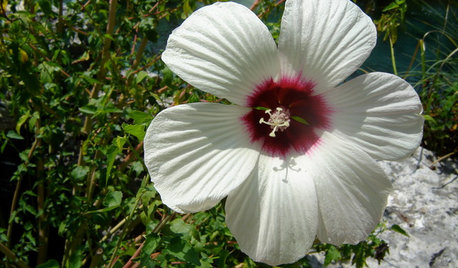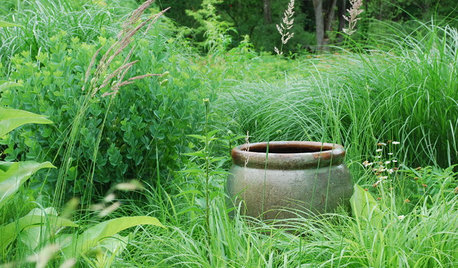Agastache propagation
wardda
17 years ago
Related Stories

GARDENING GUIDESGreat Design Plant: Hibiscus Moscheutos
Crimsoneyed rosemallow is an ideal flowering perennial for wet sites and is ready to propagate now
Full Story
GARDENING GUIDESGarden-Friendly Native Alternatives to Overplanted Exotics
There are lots of gorgeous, wildlife-friendly native plants ready to make an appearance in your garden
Full Story
GARDENING GUIDES6 Plants That Beat Butterfly Bush for the Wildlife Draw
It's invasive, a nonnative and a poor insect magnet. Check out these better alternatives to butterfly bush in the garden
Full Story
GARDENING GUIDESGreat Garden Combo: 3 Wonderful Plants for a Deer-Resistant Screen
Protect your privacy and keep deer at bay with a planting trio that turns a problem garden area into a highlight
Full Story
GARDENING GUIDES5 Invaluable Life Lessons From the Garden
The garden is both teacher and healer. Don't be afraid — dig in and reap the benefits
Full Story





hummersteve
warddaOriginal Author
Related Professionals
La Marque Landscape Architects & Landscape Designers · Zion Landscape Architects & Landscape Designers · Wakefield Landscape Contractors · Tempe Landscape Contractors · Bridgeview Landscape Contractors · Fair Lawn Landscape Contractors · La Vista Landscape Contractors · Thornton Landscape Contractors · East Norriton Landscape Contractors · Cedar Park Siding & Exteriors · Cherry Hill Siding & Exteriors · Orange County Siding & Exteriors · Overland Park Siding & Exteriors · San Bernardino Siding & Exteriors · Iowa City Siding & Exteriorsrich_dufresne
hummersteve
rich_dufresne
hummersteve
annebert
warddaOriginal Author
hummersteve
carrie630
ramazz
rich_dufresne
hummersteve
penny1947
hummersteve
penny1947
buffbill_gmail_com
rich_dufresne
warddaOriginal Author